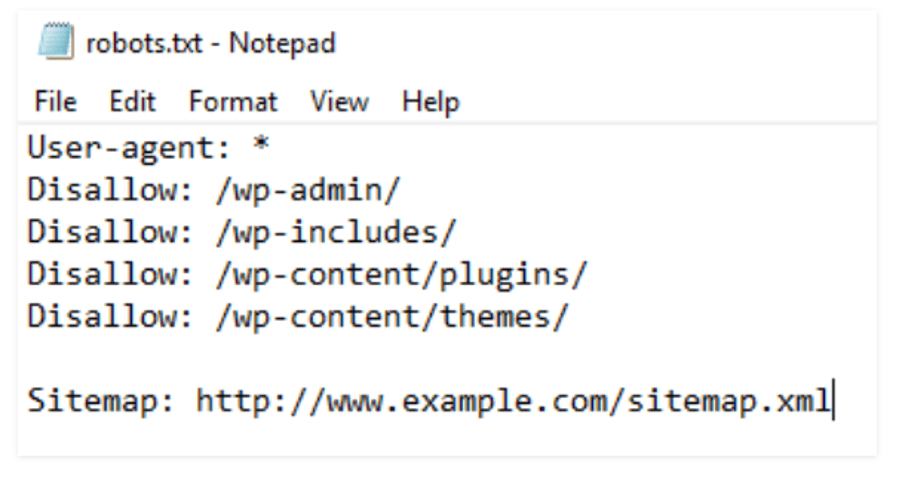John Smith
You have 4 new messages
You have 4 new messages

The first step to success, therefore, becomes optimising the infrastructure so that you can offer your potential customers a rewarding experience. Load balancing is a fundamental tool in this ideal architecture: it makes the network faster, more scalable and secure, with significant benefits in terms of cost and UX quality.
[divilifeshortcode id=’9530′]
Aside being a technical aspect, the loading time is a particularly important feature of a website. This is true both for Google – which considers it a determining factor for ranking – and for users, who, while the wheel keeps spinning, can decide to leave your site and switch to that of your competitor.

To reduce loading times and provide fast navigation even where there is a large fluctuation in traffic and therefore in the use of resources (think of a big company’s website or an e-commerce with thousands of products), it therefore becomes essential to play all the cards that technology offers today. Load balancing is one of them and it is also among the processes that your infrastructure should be managing. Let us see the reasons behind this.
Load balancing – that is balancing loads on available resources – is the distribution system of web content created to better manage loads.
Each website is subject to variations in traffic flows at various times of the day or year and this is crucial when the fluctuations are significant. For sites of strategic importance for the business, it is therefore essential to constantly monitor all the metrics related to the use of resources and manage highs in order to guarantee these two requirements:

Load balancing can be carried out at a physical level, i.e. by installing servers dedicated to this function, or at a virtual level, through software management. In the first case, we are dealing with a static infrastructure with high costs, while in the second case we have an infrastructure capable of adapting in real time to the actual traffic.

Load balancers can be configured with various modes of routing requests; in any case, the structure acts as a single interface between the client and the various servers to which it distributes, usually located in different geographical areas. Here is the generic operating scheme (each system can have different features, at the level of sorting rules, management of IP addresses, etc.):
The priorities according to which the software assigns the requests that reach it to the various clusters depend on the logic of the algorithm used. There are four main algorithms used:
Without going into details, we can say that the main differences consist in giving different priority to four fundamental factors:
The advantages of an infrastructure supported by a balancing solution are many. Let’s summarise them schematically here:
In a delivery system aimed at maximising performance and security, load balancing represents one of the modules of a more complex infrastructure, in which it is located at the first level of interaction with the user.

As shown, the integration of a load balancing system represents an important contribution in many respects: in optimising resources, in terms of security and increasing loading resources performance. An infrastructure designed to provide a fast and reliable web service cannot therefore be separated from the implementation of a load balancer.
iSmartFrame integrates the load balancer with management of customizable sorting policies into its distribution infrastructure. Each data centre has its own load balancers controlling the content delivery chain, with hubs distributed all over the world. Before showing an HTML page, over 100 optimisation tasks are performed, with enormous advantages for speed and, consequently, for the user experience and positioning on search engines.



